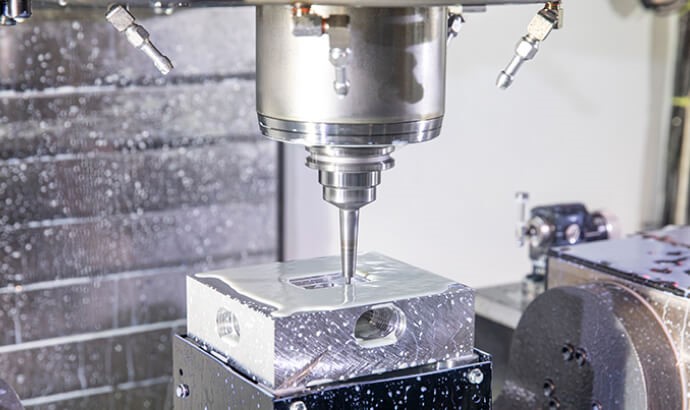Making a physical prototype is a crucial stage in the development of new products since it allows design concepts to be validated before moving on with full-scale production. For the creation of prototypes, Computer Numerical Control (CNC) machining provides accuracy, adaptability, and comparatively short turnaround times. However, a number of factors that may not be immediately obvious to anyone unfamiliar with the prototyping process might cause the cost of creating a CNC prototype to vary significantly. Product developers may avoid unforeseen costs during the development cycle and reconcile budget limitations with quality objectives by having a better understanding of these cost factors.

Material Selection and Availability
The selection of material has a major effect on prototype performance and machining costs. Although aluminum is frequently inexpensive and simple to machine, specialized materials such as medical-grade titanium are more expensive and need specialist equipment. Material availability may also impact pricing; typical stock sizes that limit waste may result in much lower costs than bespoke material purchases, which may require minimum purchase quantities that are far higher than what your prototype requires.
Design Complexity
Intricate features, deep pockets, or strict tolerances in complex geometries directly result in longer machining times and more tool changes. Because components need to be moved and realigned, each extra setup orientation significantly raises the cost. Specialized tooling or EDM operations are frequently needed for features like undercuts and interior corners with narrow radii. It is possible to substantially save expenses without sacrificing prototype functionality by standardizing internal radii and simplifying non-essential features.
Surface Finish Requirements and Post-Processing
While basic machined finishes could be enough for functional testing, aesthetic prototypes may need extra processes like bead blasting, polishing, or anodizing, which raises the overall cost. Sometimes, especially for small-quantity prototype runs, secondary processes like heat treatment, painting, or specialty coatings can quadruple the original machining cost.
Tolerance Specifications
Slower machine speeds, more frequent tool changes, and extra quality control procedures are necessary to achieve extremely tight tolerances. General prototypes may work well with tolerances of ±0.005", but specifying ±0.0005" might result in a 30–50% increase in costs. Think about which dimensions may be relaxed and which ones actually need precise tolerances. Keep in mind that the expense of the inspection tools used to confirm extremely exact tolerances increases as precision requirements increase.
Production Volume and Lead Time Requirements
While rapid prototyping usually includes very small quantities, even the difference between buying one item and five can have a big influence on the price per unit because setup expenses are spread across several units. Rush orders that need to be produced more quickly usually come with premium fees that are 25–100% more than normal prices. By planning ahead, you may optimize equipment use, cut costs, and accommodate typical lead times and possible batch production with orders from other clients.
In the end
Knowing these elements enables you to balance performance objectives and financial limitations while developing a CNC prototype. You may reduce expenses without sacrificing the prototype's capacity to verify your design concepts by concentrating on the most important elements and exercising flexibility where it is practical. Investigating possibilities like molding in China can give companies looking for affordable solutions a competitive edge, particularly when moving from prototype to production.
FAQs
What impact does part size have on the cost of CNC prototyping?
Costs increase with the size of the product since larger parts require more raw materials, longer manufacturing times, and maybe specialized equipment. If at all feasible, think about creating assemblies of smaller parts.
Are some materials much less expensive for CNC prototyping than others?
Yes, compared to stainless steel, aluminum is usually 30–50% less expensive to process. For non-structural applications, engineered polymers like ABS provide even more cost savings.
How can I lower the setup expenses for intricate prototypes?
Create components that need less repositioning during machining. Include elements that are accessible from one or two angles wherever feasible.
















